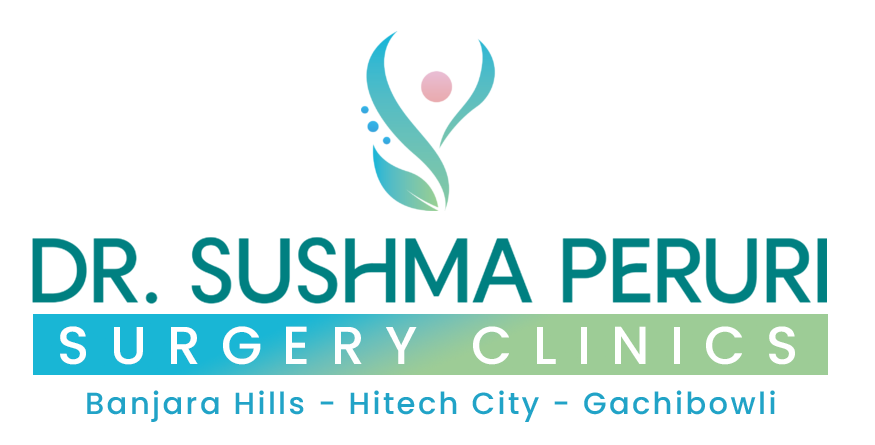Difference Between Piles and Fissure: Understanding Your Condition
Piles and fissures are common health issues that can affect the anal region, causing discomfort and pain. Many people often confuse the two due to their similar symptoms, but they are distinct conditions requiring different approaches to treatment. This article will delve into the differences between piles and fissures, helping you identify the right condition and seek appropriate medical care.
What Are Piles?
Piles, also known as hemorrhoids, are swollen blood vessels located in the rectal area. They can develop either inside the rectum (internal piles) or under the skin around the anus (external piles). Piles are often caused by increased pressure in the blood vessels due to various factors, including:
- Chronic constipation
- Diarrhea
- Straining during bowel movements
- Obesity
- Pregnancy
- Sedentary lifestyle

Symptoms of Piles
The symptoms of piles can vary depending on the type. Common symptoms include:
- Bleeding: Bright red blood during bowel movements is a common sign of piles.
- Pain or Discomfort: Pain in the anal area, especially during bowel movements.
- Swelling: Swollen tissue around the anus, which can be sensitive to touch.
- Itching or Irritation: Itching around the anal region due to inflammation.
Types of Piles
Piles are classified into two main types:
- Internal Piles: These are located inside the rectum and are usually painless. However, they may bleed during bowel movements.
- External Piles: These are located under the skin around the anus and can be painful, especially if a blood clot forms.
What Is a Fissure?
An anal fissure is a small tear in the lining of the anus, often resulting from passing hard stools. Fissures can be acute (recent) or chronic (long-standing). They are common in individuals experiencing constipation or straining during bowel movements.
Symptoms of Anal Fissures
Common symptoms of anal fissures include:
- Sharp Pain: Intense pain during and after bowel movements.
- Bleeding: Bright red blood on the stool or toilet paper.
- Itching: Irritation around the anal area.
- Visible Tear: A small tear or crack in the skin around the anus.
Key Differences Between Piles and Fissures
While both piles and fissures can cause similar symptoms, there are distinct differences between the two conditions:
1. Causes
- Piles: Caused by increased pressure on the blood vessels in the rectal area due to straining, constipation, or prolonged sitting.
- Fissures: Primarily caused by trauma to the anal lining, often due to passing hard stools or anal intercourse.
2. Location
- Piles: Can be found internally or externally around the anus.
- Fissures: Always present as a tear in the anal lining, typically located in the posterior midline.
3. Pain Level
- Piles: Pain levels can vary; internal piles may not be painful, while external piles can cause significant discomfort.
- Fissures: Characterized by sharp pain during and after bowel movements, making it more intense compared to piles.
4. Bleeding
- Piles: Often associated with bright red blood on the stool or toilet paper.
- Fissures: Also lead to bleeding, but it is usually less than that associated with piles and is typically accompanied by pain.
5. Treatment Options
- Piles: Treatment may include dietary changes, over-the-counter creams, and in severe cases, surgical options such as hemorrhoidectomy.
- Fissures: Treatment often involves stool softeners, topical analgesics, and in chronic cases, surgical intervention may be necessary.
How to Manage and Prevent Piles and Fissures
Both conditions can be managed effectively through lifestyle changes and proper care. Here are some tips to prevent and manage piles and fissures:
1. Dietary Changes
- High-Fiber Diet: Consuming a diet rich in fruits, vegetables, and whole grains can help prevent constipation and reduce the risk of developing piles and fissures.
- Hydration: Drinking plenty of water can help keep the stool soft and prevent straining during bowel movements.
2. Regular Exercise
Engaging in regular physical activity can help stimulate bowel function and prevent constipation, reducing the risk of both conditions.
3. Avoid Straining
When using the toilet, avoid straining or spending too much time on the toilet. This can help reduce pressure on the anal area.
4. Practice Good Hygiene
Keeping the anal area clean and dry can prevent irritation and promote healing in case of fissures or piles.
5. Seek Medical Advice
If you experience persistent pain, bleeding, or other concerning symptoms, it’s crucial to seek medical advice. Early diagnosis and treatment can prevent complications and improve your quality of life.
Conclusion
Understanding the difference between piles and fissures is crucial for effective treatment and management. While both conditions can cause discomfort and pain, they require different approaches to care. By recognizing the symptoms and seeking appropriate medical help, you can ensure a smoother recovery and better overall health. If you have concerns about your symptoms, consult a healthcare professional for personalized advice and treatment options.


